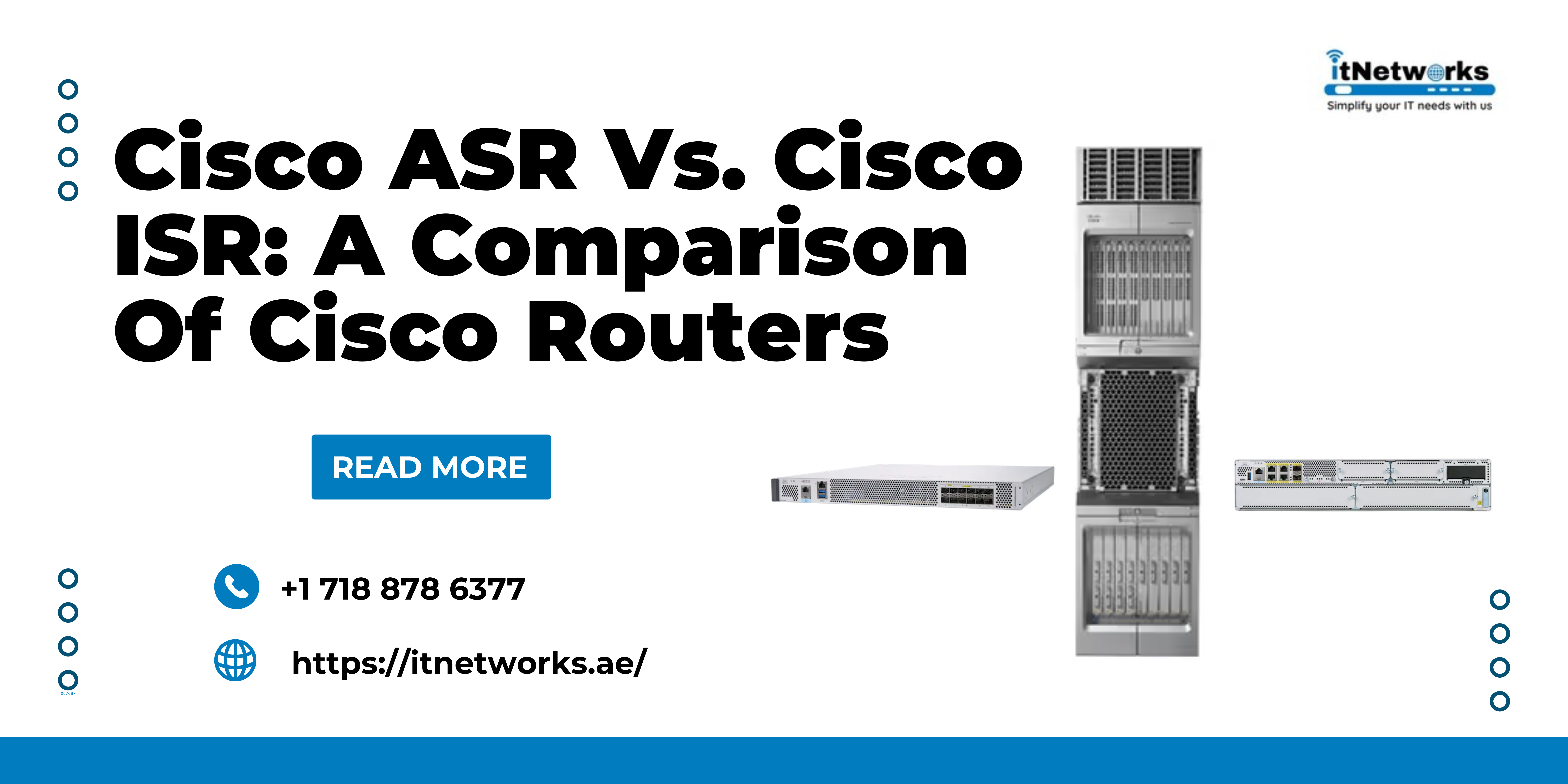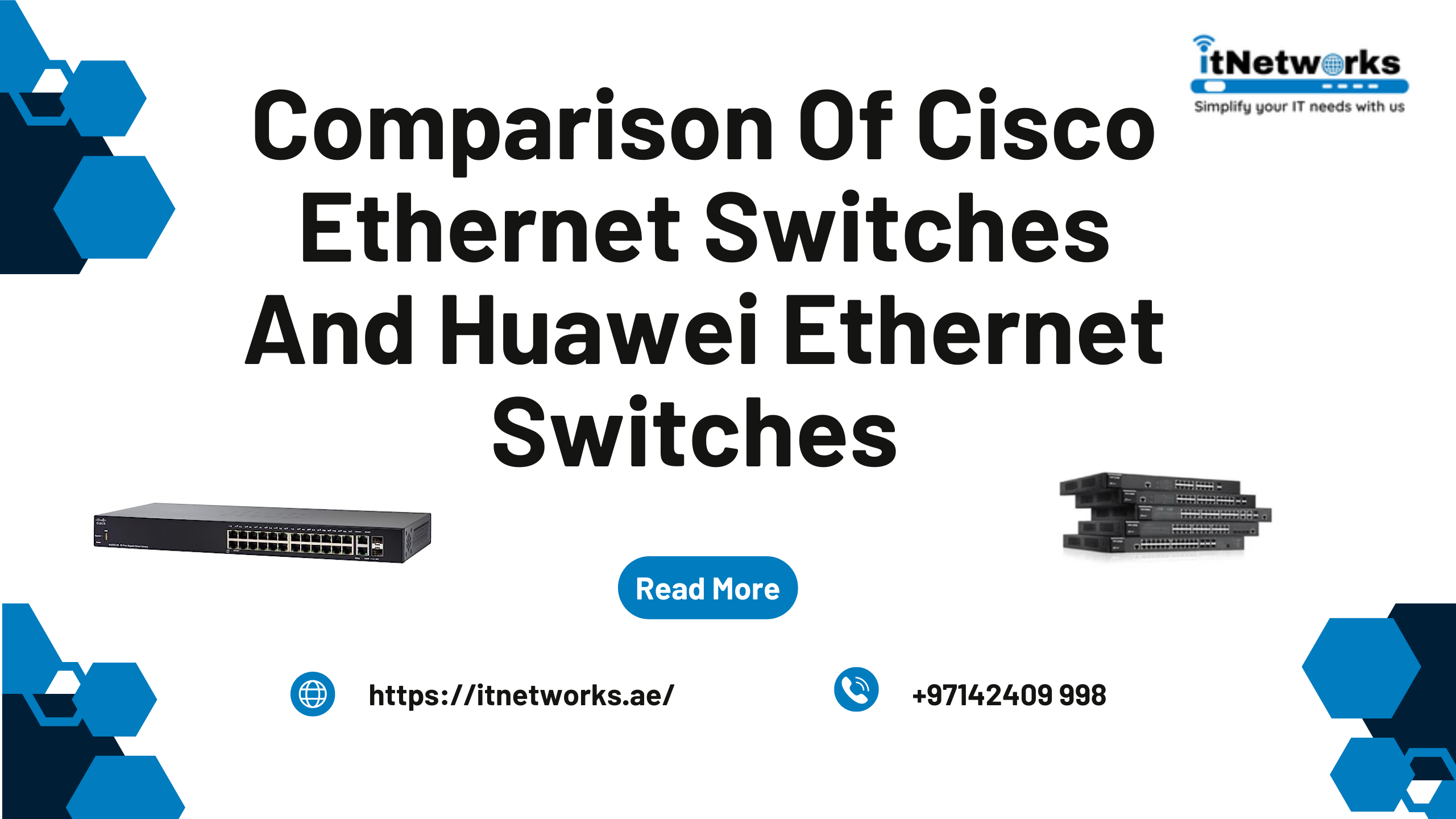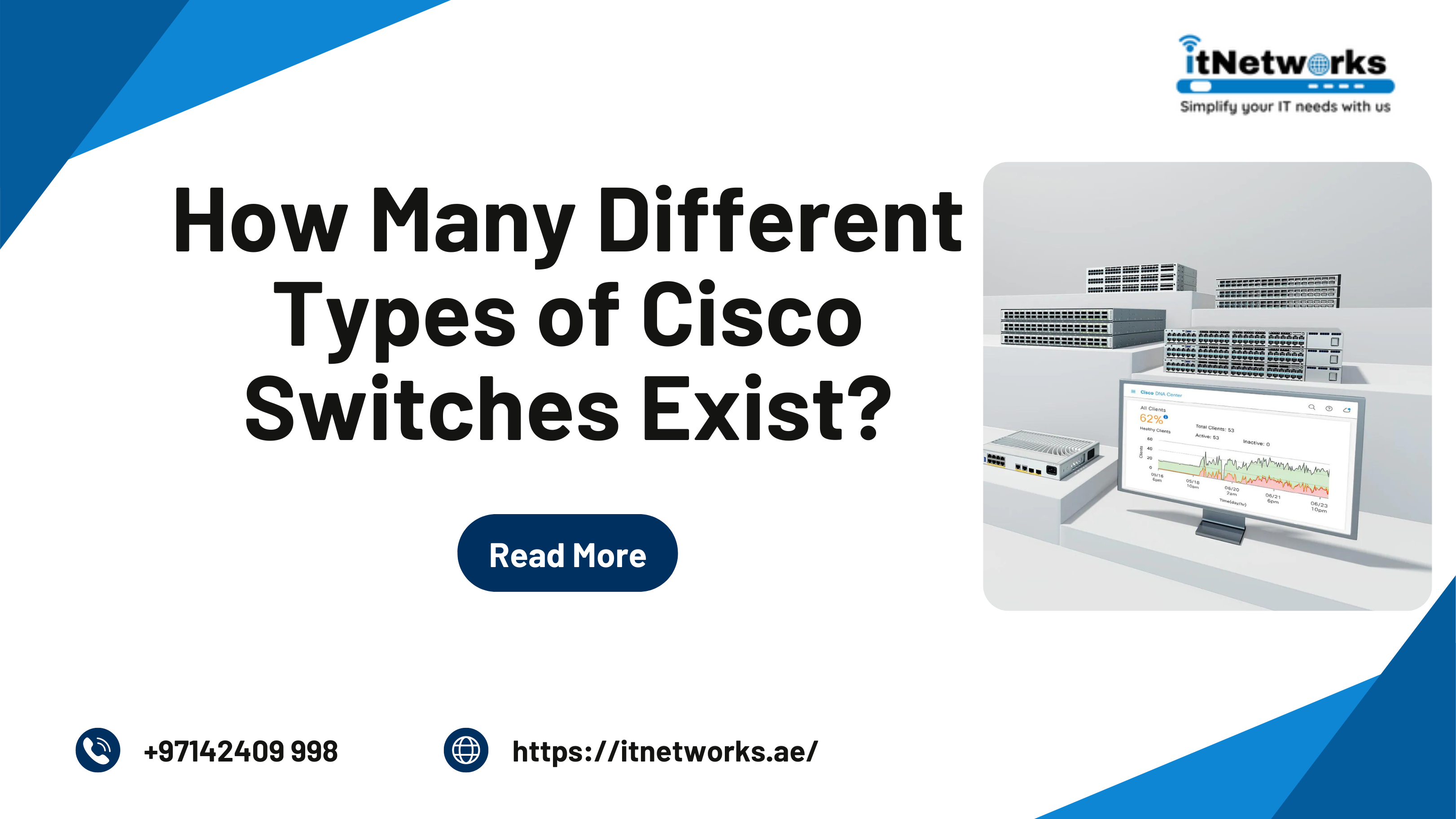What is the Cisco blade server?
What is the Cisco blade server?
Unlike a normal server, the blade server is a modified/optimized version of a server deployed when space or energy is an issue.
Whereas a general rack-mount server can feature with a minimum of a power supply and a network connection, blade servers have many aspects eliminated to keep space, decrease electricity consumption, and different considerations, whilst still having all the useful elements to be viewed a computer.
A blade server has many components removed to save space, minimize power consumption, and other considerations, while still working like most other servers which have a power, storage, networking, and cooling component.
Cisco is the main producer of blade server with its Cisco UCS B-Series supplying virtualized and non-virtualized applications to enhance performance, strength efficiency, flexibility, and administrator productivity.
Cisco UCS B-Series Blade Servers embraces industry-standard server technologies, turning it into a unified-architecture-driven solution for data centers. Cisco’s UCS layout reduces complexity, each at hardware and administration levels throughout a dispensed compute environment, consolidating management throughout blade and rack servers within a single tool.
This system is especially ideal for remote sites or data centers. With 3rd Gen Intel Xeon Scalable CPUs and up to 12 TB memory support with optional Intel Optane... Cisco blade server offers industry-leading performance and enterprise-critical stability for memory-intensive workloads.
Cisco understands that every company has different IT requirements, so the Cisco blade server was designed to simplify the data center and withstand the test of time.
If your organization is more into memory-intensive workloads such as database, virtualization, and consolidation applications, then we would surely recommend you to go for Cisco UCS Blade Servers.





